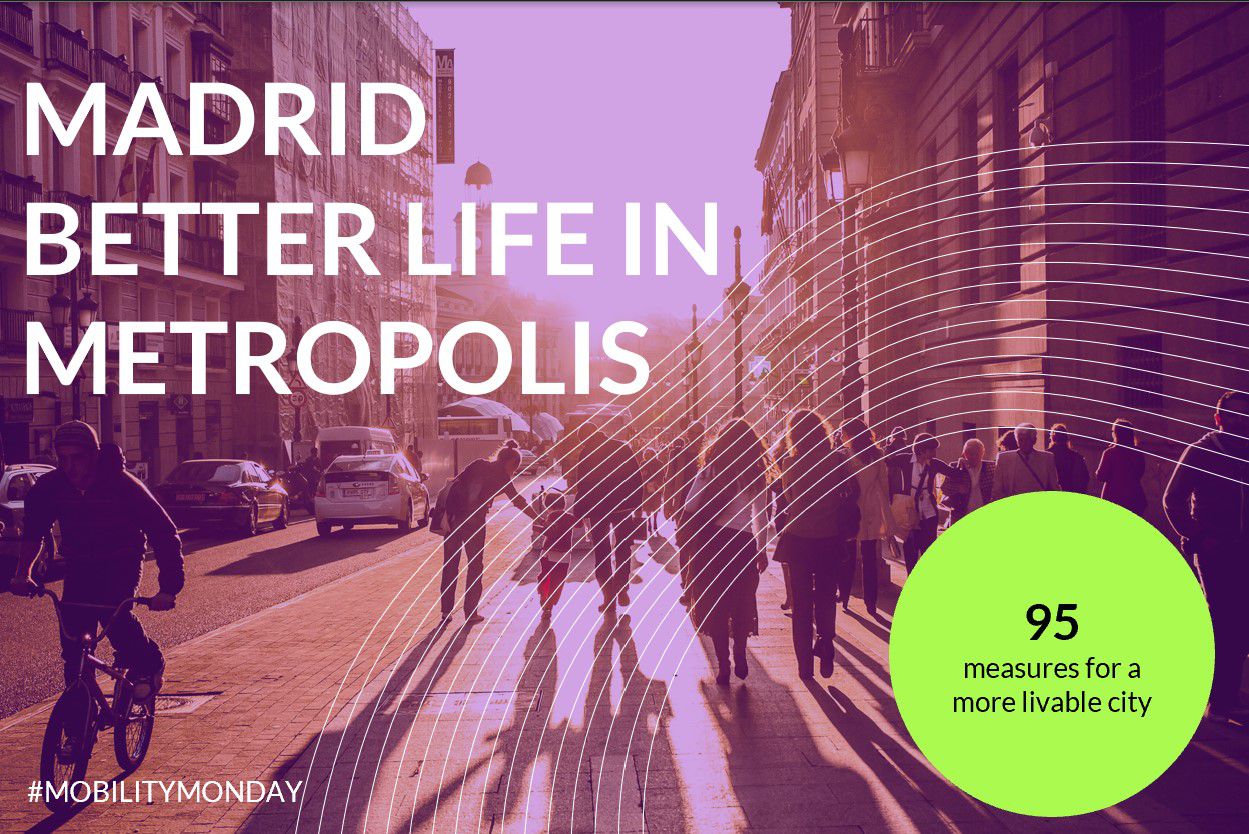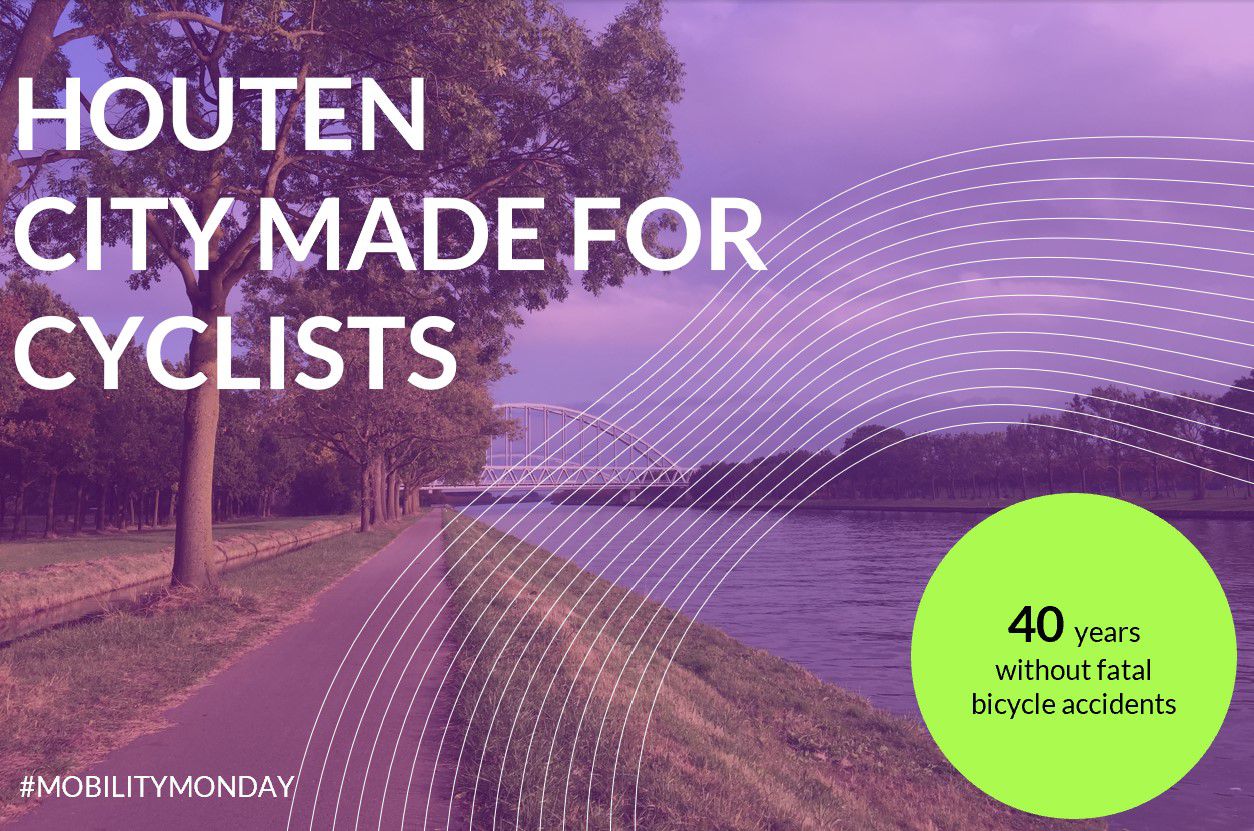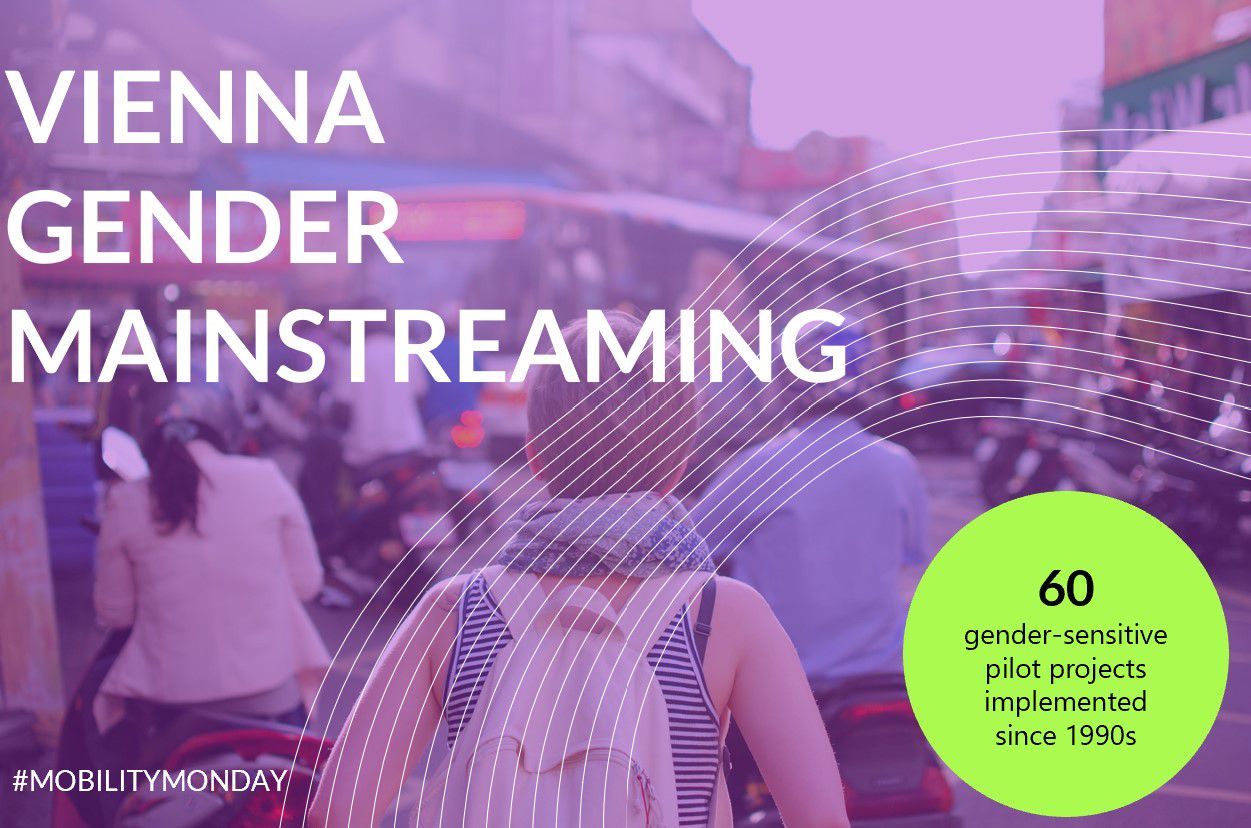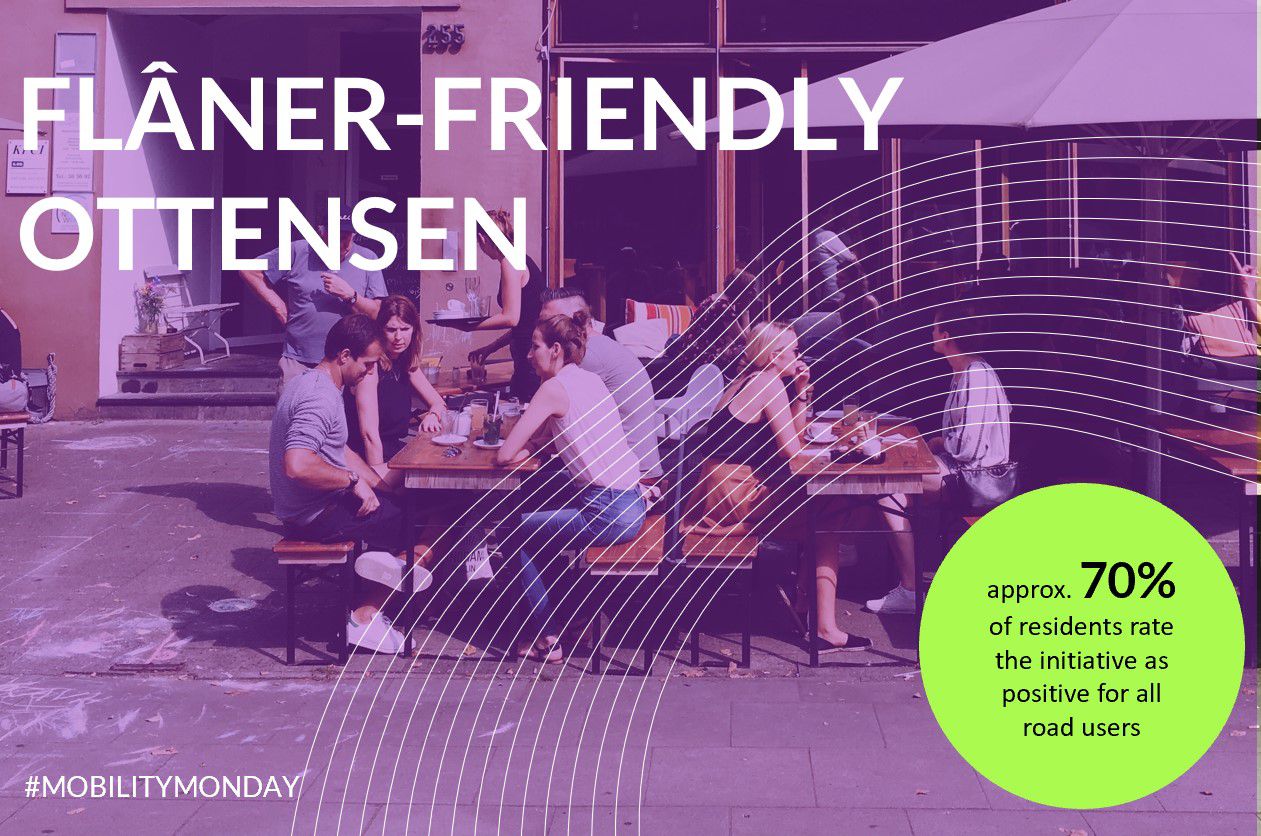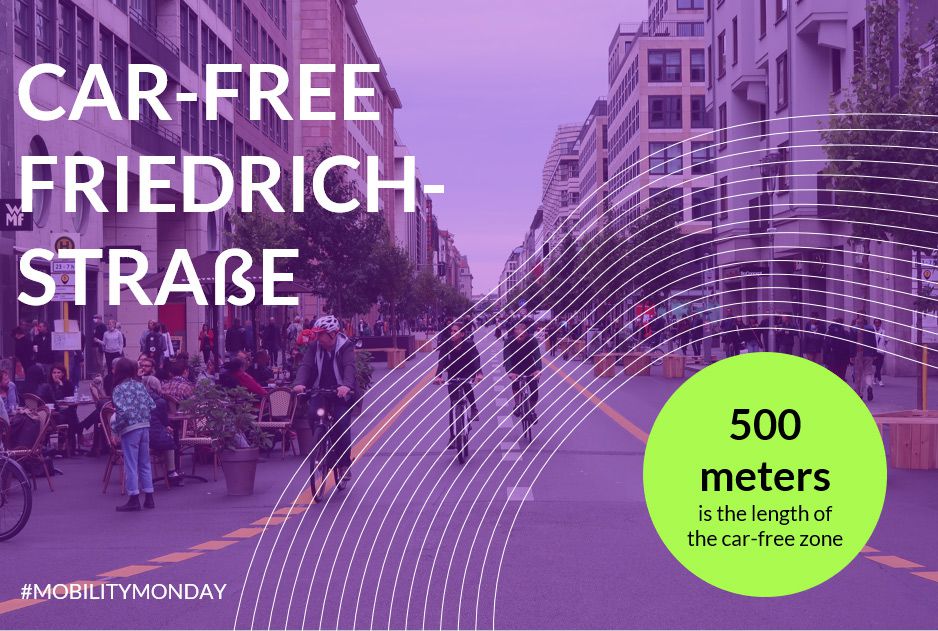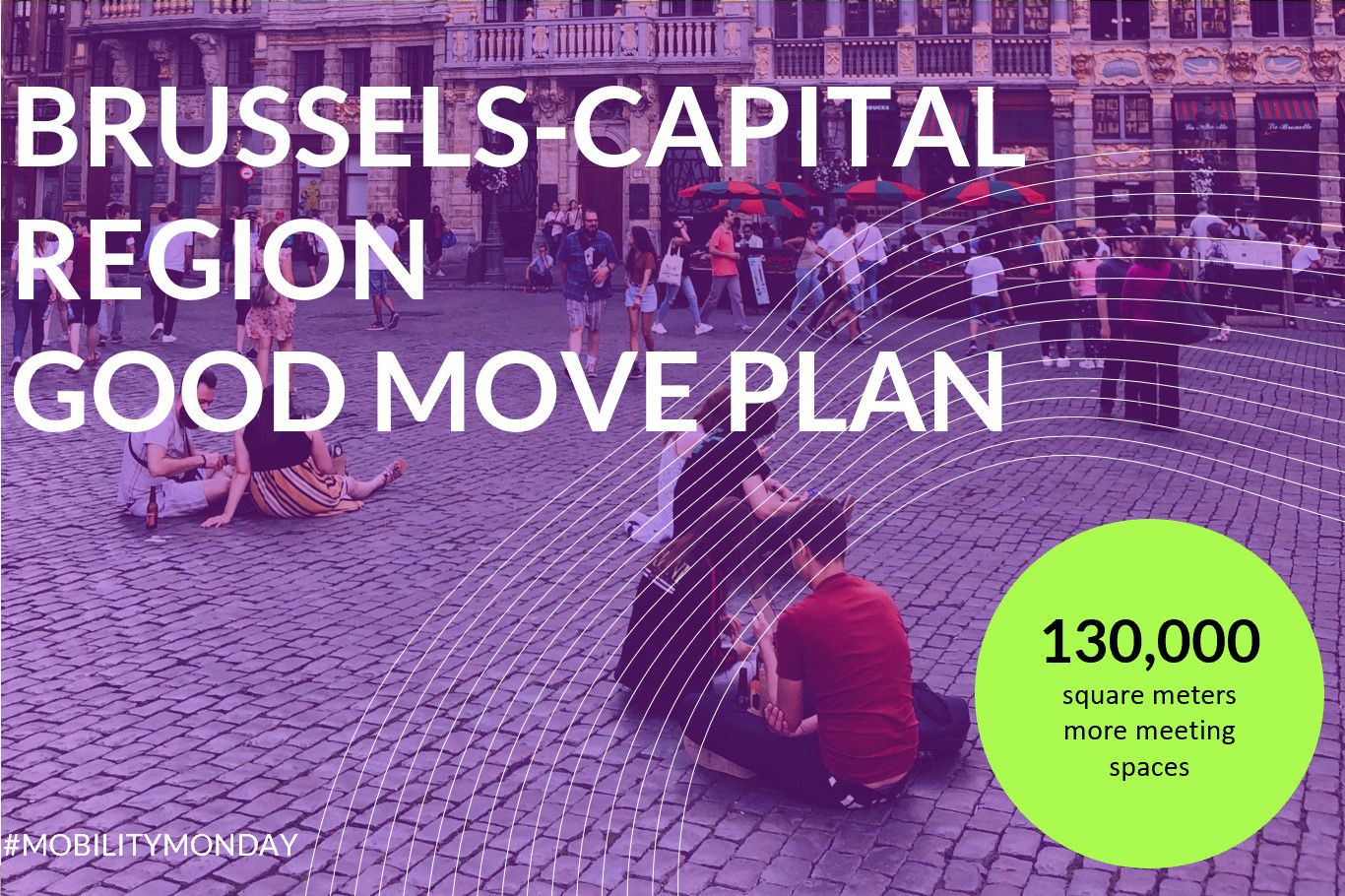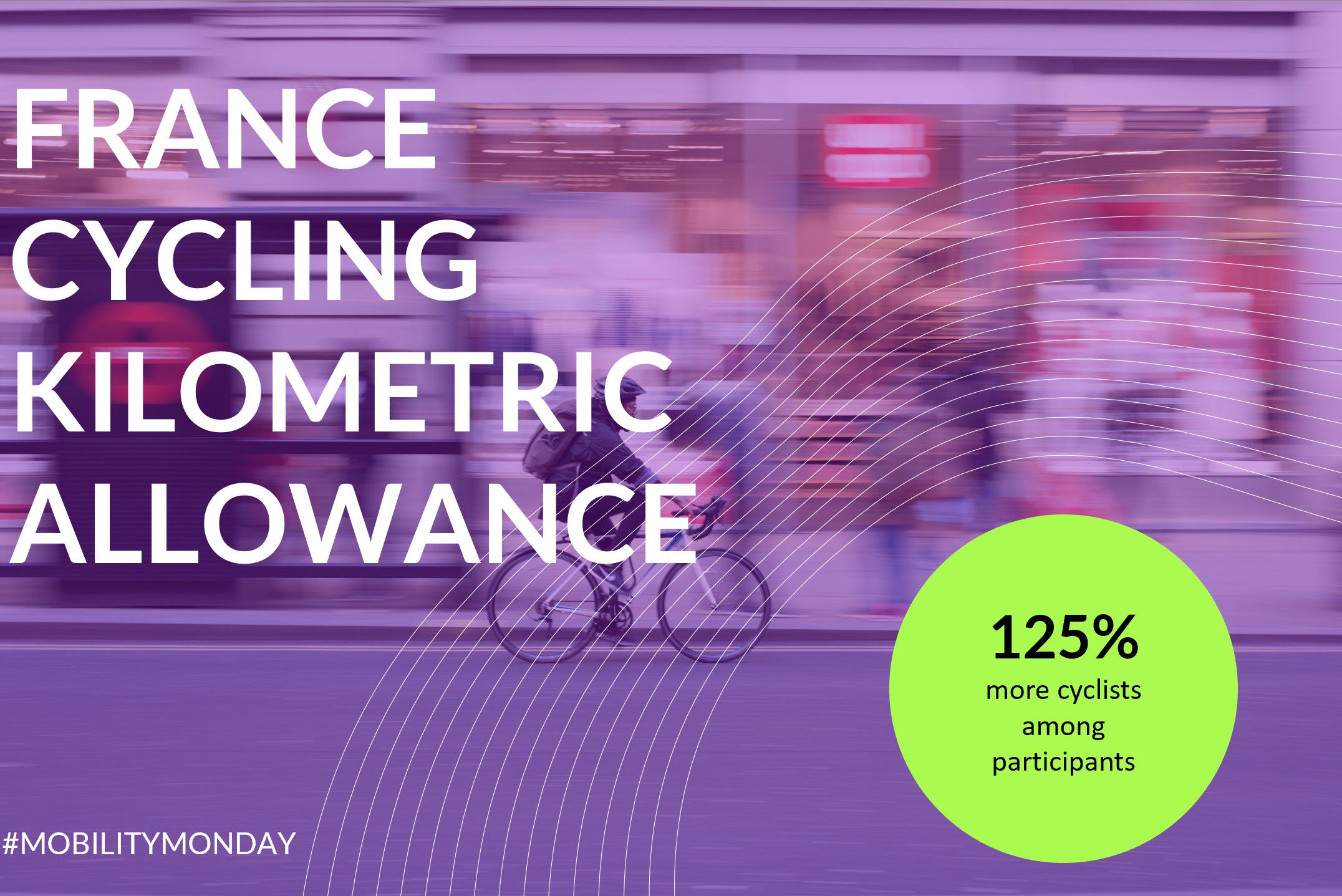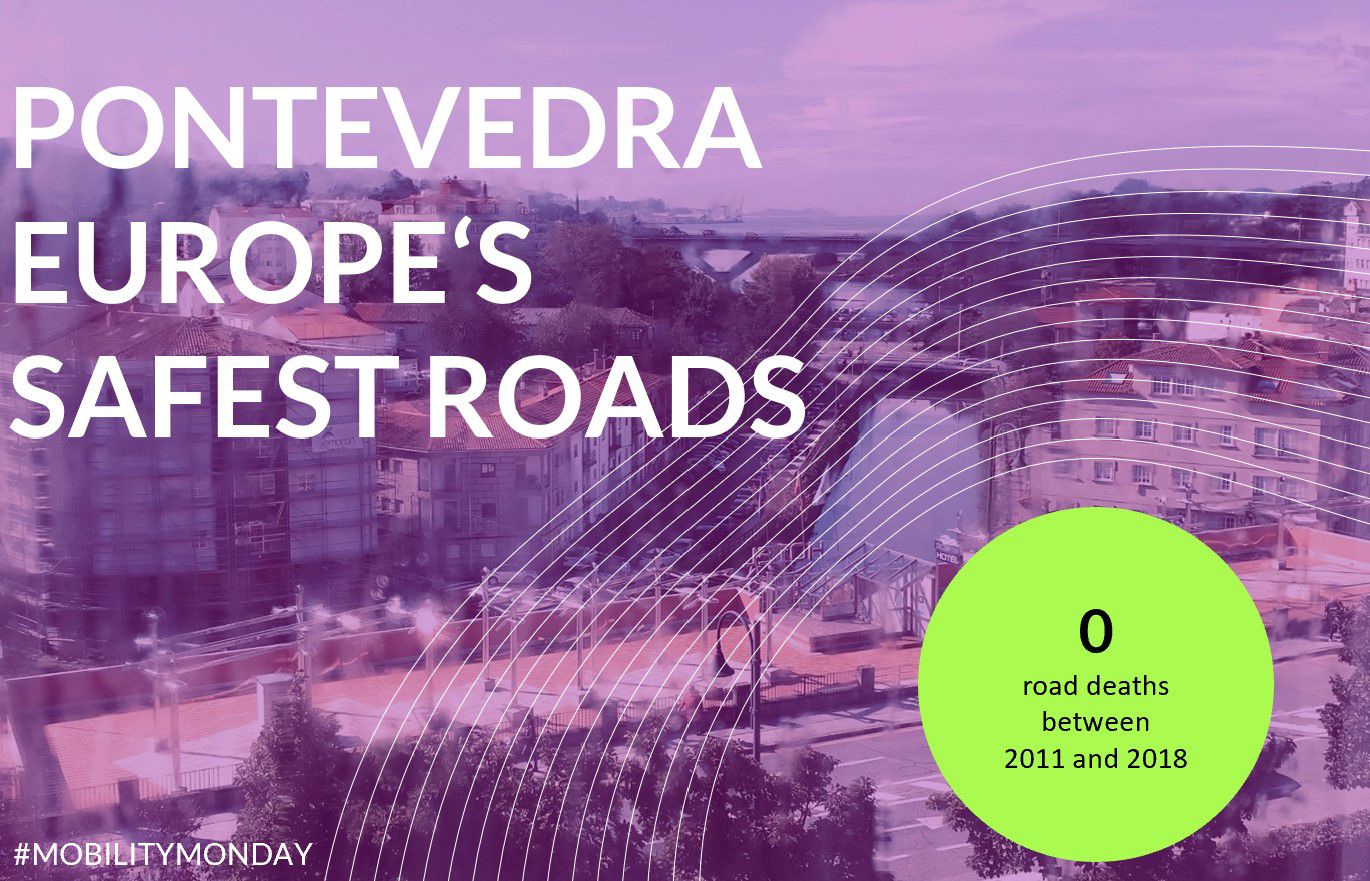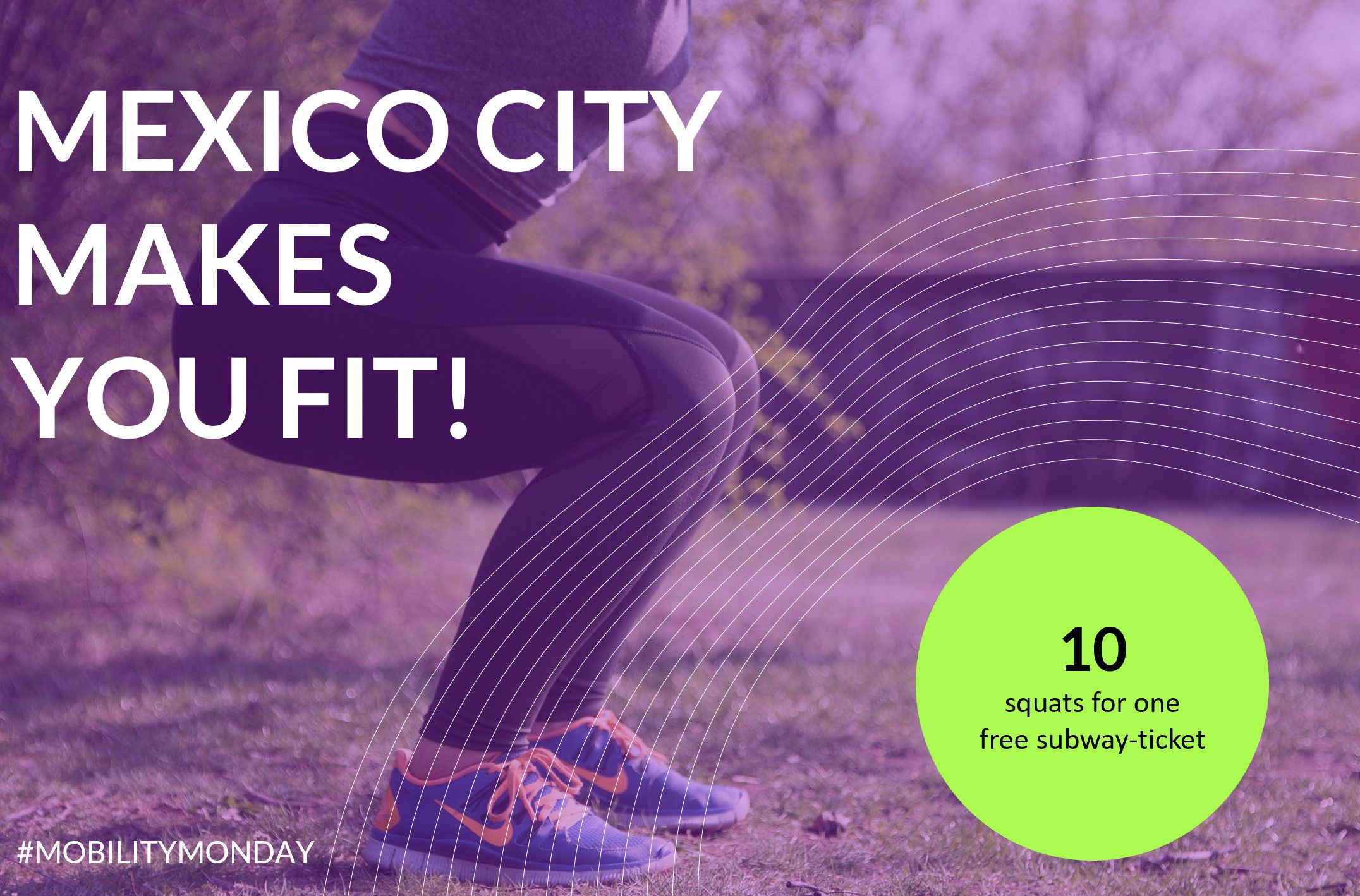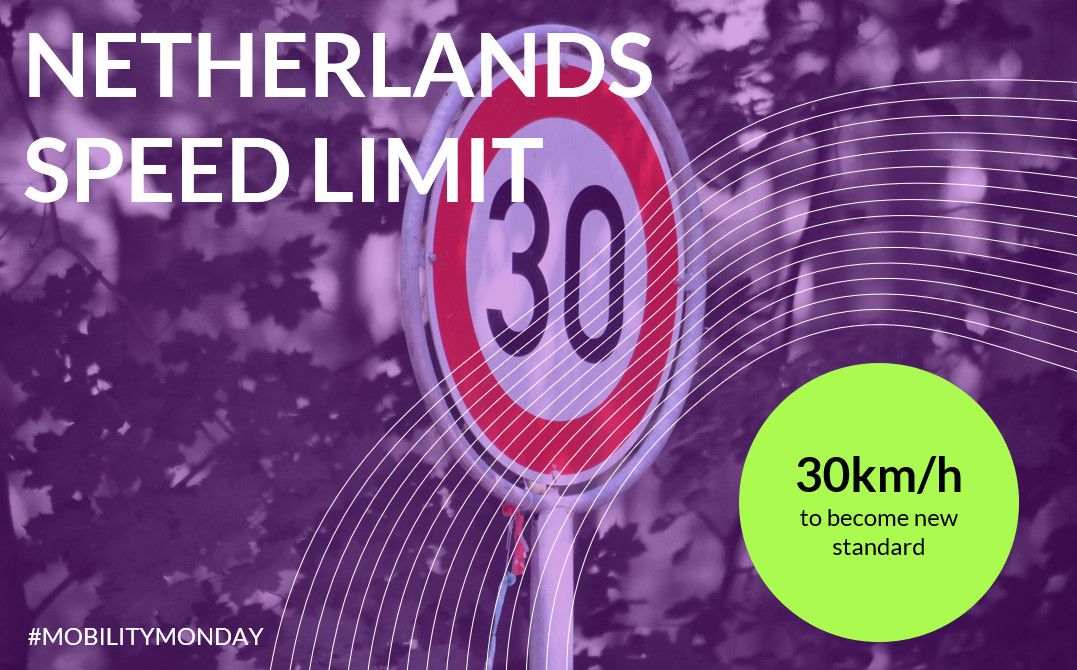Madrid Better Life in Metropolis
Madrid? We think it’s great! Not only because we have an office here, but also because the city is actively promoting sustainable mobility and improving the quality of life for all residents. Madrid is the most populous city in Southern Europe, enduring millions of daily trips. Yet 42% of citizens use public transport, as Madrid has a 293-km metro and a 370-km commuter rail network connecting the metropolitan region to the capital. However, 29% of people still use their car.
Now the city wants to further try to convince car drivers that public transport and active mobility are worthwhile. How? With the help of the SUMP ? Sustainable Urban Mobility Plan (PMUS in Spanish). Its goal is to create an enjoyable urban space, despite being a huge metropolis. Among the 95 measures envisaged are the improvement of the bike lane network and of accessibility to public transport stops, as well as the creation of bus-only lanes to give priority to public transport in traffic. The use of cars is expected to drop to 23%, leading to a reduction of 135,000 tons in CO2 emissions.
Pointing out gaps and improving is always possible. And Madrid is successfully doing this.
